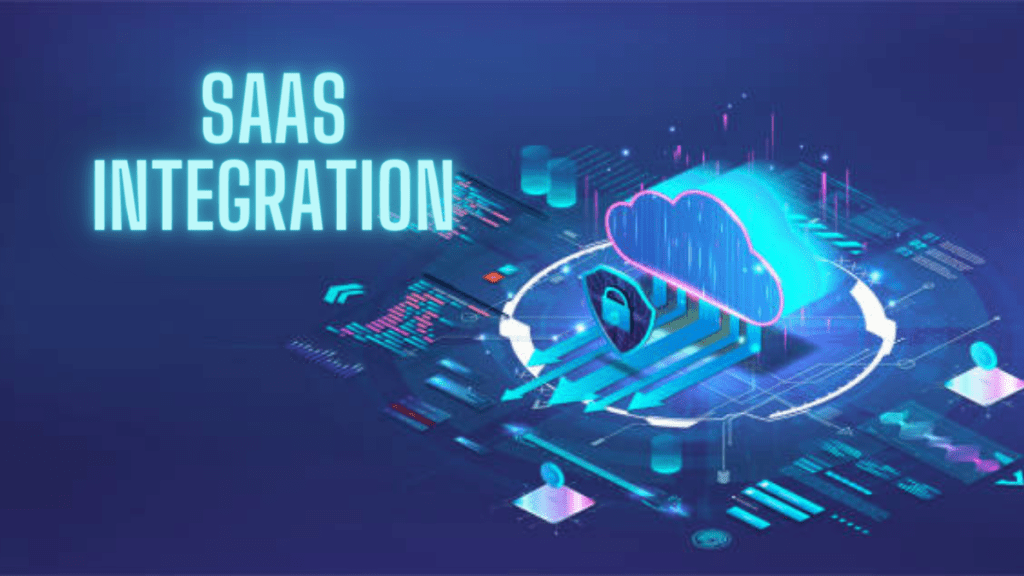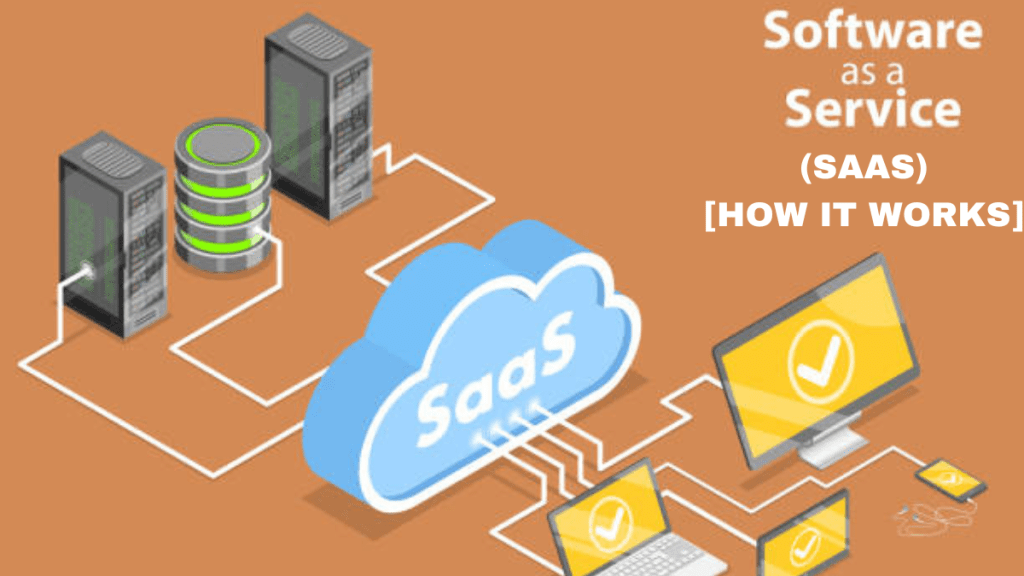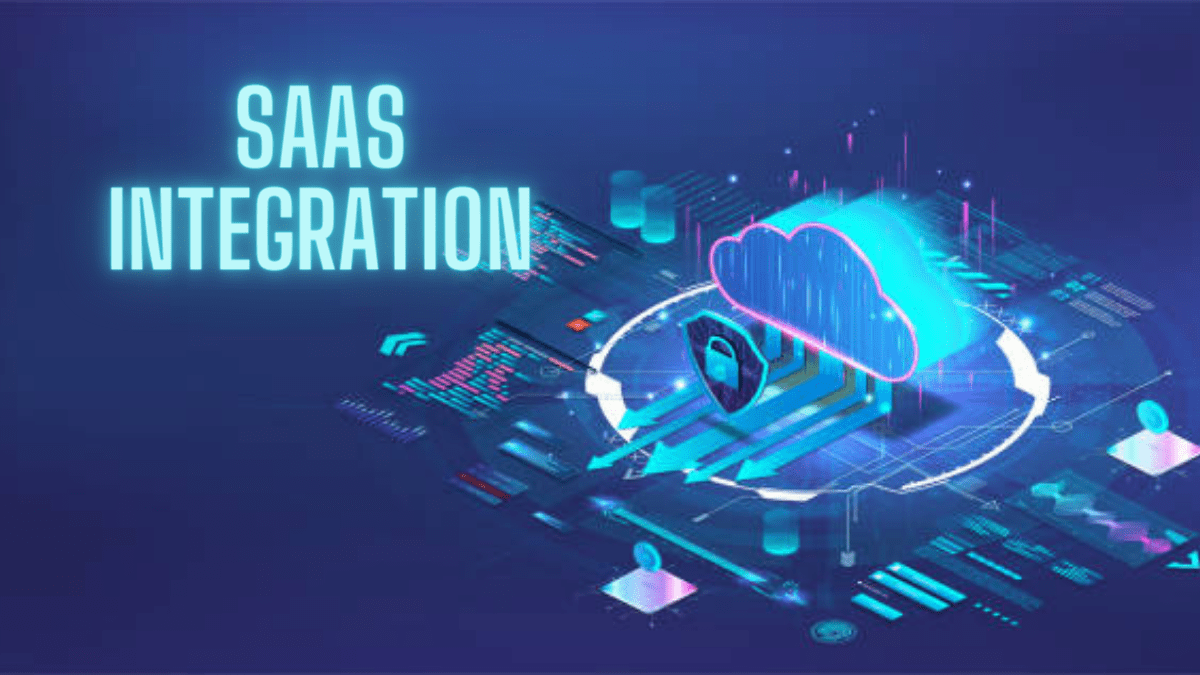
Welcome to our blog post on the ultimate guide to SaaS integration. Software as a Service (SaaS) has completely changed how we access and use software programs, bringing versatility, adaptability, and cost-effectiveness to companies of all kinds. For businesses looking for answers to varied issues, integrating several SaaS packages might be difficult.
In this article, we aim to equip business owners and IT professionals with the necessary knowledge and methods to successfully integrate SaaS applications into their software systems. Join us as we delve into the benefits, best practices, and solutions for SaaS integration that can streamline workflows, Improve collaboration, and offer invaluable insights for your entire organization.
So let’s not waste any more time – let’s dive right in!
Table of Contents
What is SAAS Integration?
First of all, if you are not familiar with SAAS (Software as a Service). The term “Software as a Service” (SaaS) refers to a type of software distribution in which customers pay a monthly fee to use the program from any Internet-connected device while the program is hosted online by a cloud provider.
SaaS integration, also known as SaaS application integration, entails utilizing application programming interfaces (APIs) to link one SaaS service with another cloud-based service or an on-premises piece of the program. After establishing a connection, the application may freely access and transmit data with other applications or on-premise systems.
How SAAS Integration Works

A SaaS integration links the different applications so that they will be able to autonomously share the necessary data and information and thereby communicate with one another. Local and other services, such as SaaS applications, can be integrated with SaaS software. Integrations are performed through the use of interfaces known as APIs (Application Programming Interfaces). The software vendor often offers these application programming interfaces (APIs) or connectors.
In the absence of integration, it would end up being essential to manually move such information across the various systems while trying to keep track of everything, which would be exceedingly susceptible to mistakes and challenges.
The secret is to assess your company’s requirements, choose a SaaS solution that satisfies them, and then monitor how well your business adjusts to it. Those that need development and enhancement must also be closely monitored. This will guarantee a productive SaaS integration.
Benefits of SAAS Integration
1. Streamlined Workflows
SaaS integration gives businesses the ability to maneuver the maze of operational processes with a new level of elegance and efficiency by automating activities, removing the restrictions of human data entry, and promoting synchrony between systems.
2. It Saves a Lot of Time For You and Your Staff
Your staff may save a tremendous amount of time when they don’t have to individually submit data across programs or switch between them to discover particular data points. With their improved time savings, employees can do additional jobs that are crucial to the firm.
3. It Enhances Both The Consumer and Staff Experience.
Your staff is more inclined to love their employment now that they can produce more planned and intelligent work. And when they do, there is a greater chance that they will act in a way that makes your consumers satisfied.
4. It Brings About Accountability.
Instead of checking many systems or approaching coworkers for an update, your staff may find the answers to their pressing issues by simply accessing a program they are already acquainted with thanks to SaaS integration. This makes it simple for anybody on your staff to locate information and helps keep workers from questioning and distracting their coworkers.
5. Minimizes Human Error
Manually inputting data carries the risk of expensive errors. A single error might end up costing your business several thousands of dollars. The problem may have a negative impact on your supplier or relationship with your customers, and you may need to invest funds to find and fix it.
6. Enhances Client Service
The demands of clients nowadays are higher than ever. They want tasks completed swiftly and accurately. When making an online purchase, a customer anticipates receiving an order confirmation right away. In addition, customers need to know whenever the purchase shipped and have a tracking number so they can follow it up until it arrives at the doorstep.
These procedures become automatic when your company systems are integrated, ensuring seamless operations and satisfied clients.
7. Simple to Scale
It’s simple for certain of your tasks to become out of control when a business expands. However, when your applications are connected, information is automatically sent across the network without any possible risks. Scaling all business operations throughout your firm is made simple by this. Integration is a vital aspect of your growth strategy if your organization is striving to grow. It is a vital necessity for Corporate firms because it is typical for corporations to make use of dozens of applications throughout each of their divisions.
Challenges Associated With SAAS Integration
1. Technical Knowledge Is Necessary
Technical competence is required for Saas integration, which can prevent your staff from creating the Integrations directly. Data silos may develop as a result, frustrating your employees and creating a backlog of integration requests. Many Integrations could go missed since the entire staff is unable to participate in the procedure directly.
2. SAAS Integration May Need a Lot of Time
The estimated duration for developing connections can easily be extended due to the level of technical effort required to integrate all of your applications. The likelihood of an information gap across applications increases with the length of an integration. Employees are compelled to switch between them often to access the information they require and enter data again. There is always the possibility of errors when employees have to input data.
3. Integrating Several Platforms Could Be Challenging
The more cloud-based services you utilize, the harder it may be to keep everything under control. Going beyond integrating your SaaS application to integrating cloud data and processes across all of your programs, teams, and data is necessary if you intend to alter how your business runs via a digital transformation.
4. Data May Leak
Data security is crucial for every activity carried out online, and SaaS is no exception. The problem lies in the fact that if security precautions are not taken into consideration, hackers may be able to access the provider.
Important data will be vulnerable to hackers in cases where an identical password is used repeatedly and an extra security precaution is not used.
5. Access Management
Access management is a significant obstacle for any firm implementing cloud technology. During SAAS integration, setting up conventional techniques like access control and monitoring is more complicated.
SaaS protocols and procedures should be discussed by administrators of businesses to ensure complete control and power over the individuals who are granted access to certain data.
6. Integration Limitations
The restricted integration of SaaS interfaces is one of the greatest drawbacks, preventing many firms from utilizing SaaS. Systems may operate successfully and interact across many cloud platforms with integration. Therefore, businesses desire real-time integration of SaaS apps and the private cloud.
7. Integrating Expenses
If you’re thinking about integrating SaaS into the system, you might require someone with more in-depth knowledge of the subject. To help them with technological issues, organizations would turn to qualified technicians or cloud consulting firms. The process could take a considerable amount of time and be expensive.
Solutions To The Challenges of SAAS Integration Listed Above
These are the solutions to the most challenging problems mentioned above:
1. Data Protection
The solution to this problem is to use two-step verification, this is the most prevalent method of security, although there are additional possibilities. You can also use extra techniques like firewalls and encryption. Another great technique to guarantee the security of any priceless material is to make a backup copy of all of your key data.
2. Access Management
The solution to this problem is to use a monitoring system in your business. One of the most important SaaS integration techniques that firms ought to adopt is a corporation-wide monitoring system that allows them to examine use statistics from all apps from a single interface. Other potential tasks include creating historical program usage statistics and integrating other types of data.
3. Integration Limitations
SAM services can be used as a solution to this issue. To assist your IT staff in managing any complications and analyzing data about applications, adopt software asset management (SAM) services.
4. Integrating Expenses
To solve this problem, you should consider tracking the price and usage of technologies that are useful to your company. This is because not all tools will be useful for your company, so figuring out what is necessary could save time and money.
You could check out the SAAS integration platform.
Conclusion
As the saying goes, wherever there may be benefits, there are also drawbacks. SaaS integration provides advantages as well as obstacles to overcome. Making sure the SaaS integration is done correctly is crucial. If you do it correctly, you won’t ever experience security problems, every piece of your data will be constantly updated effortlessly, and modifications made in a single system are transmitted across all systems.
SaaS integration is beneficial for all businesses, irrespective of size.
Please feel free to drop a comment in the space provided below and share this article with anyone it might be of great use to.
Thanks for stopping by!
READ ALSO
- Best Kidswear Business Ideas to Start Today
- How to Start a Tailoring Business
- How to Start a Laundromat Business With No Money
- How To Become a Distributor
- How to Build a Scalable Business
- Business Failure Definition: 5 Things You Need To Know
- Best Online Business That Pays Daily
- Best Online Business To Start With No Money
What is an example of SaaS?
Dropbox, Google Workspace, and Salesforce are popular SaaS examples.
Is Netflix a SaaS application?
Yes, Netflix does actually provide software as a service (SaaS) that allows users to stream legally obtained movies.
Why is SaaS integration important to businesses?
SaaS integration links and transfers data seamlessly from one particular application to another.
Hi, I am Johnson Uche. I am a content creator and digital marketer who provides tips, and reviews to help you in your business journey.








One Comment